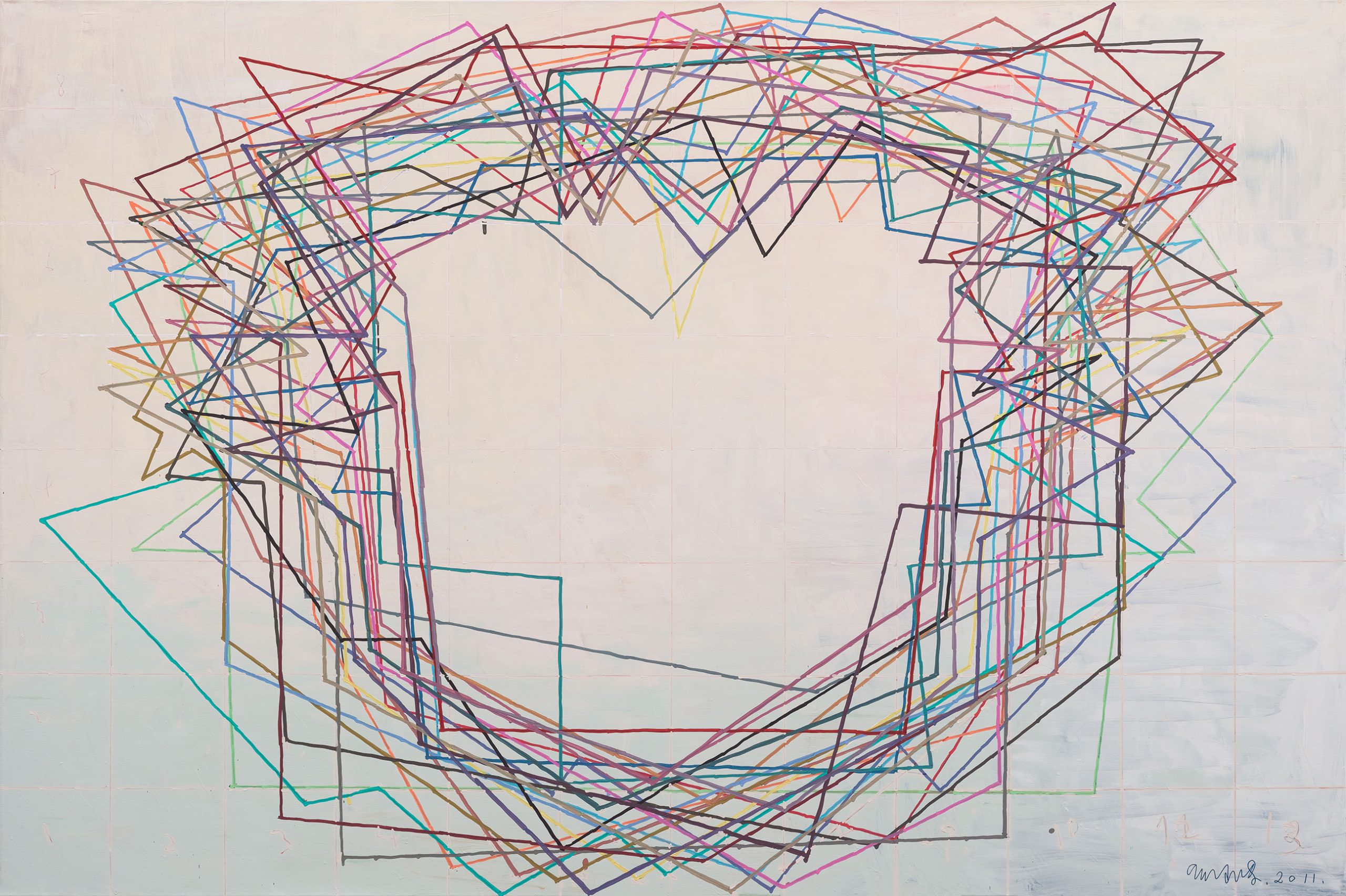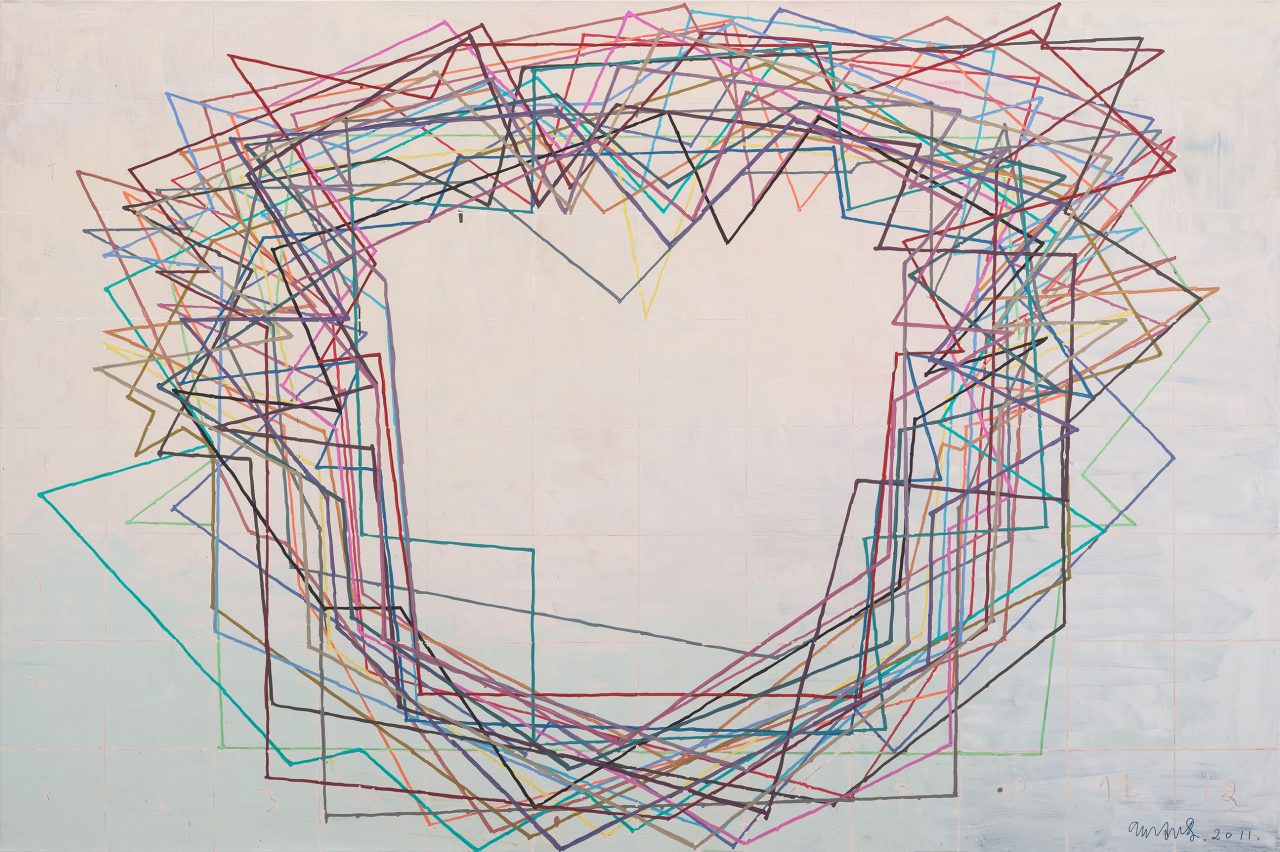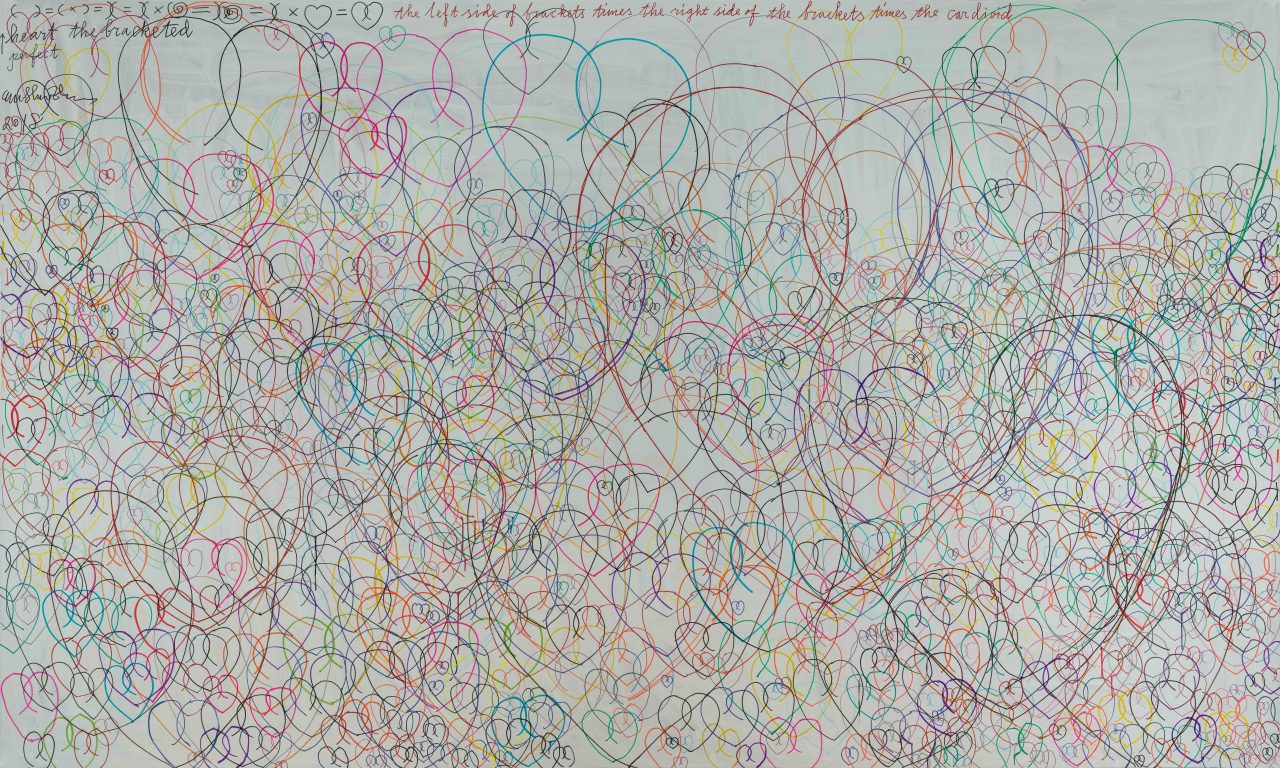Wu Shanzhuan's Grammar (II)
Duration: 15 JULY 12:00 AM
- 15 AUGUST 11:59 AM (CST), 2023

To most people, Wu Shanzhuan's system of artmaking seems completely abstruse. On the one hand, this is because, although his internal structure is strongly logical, the outer appearance of this structure is constructed by illustrative examples (shilf) that seem to have no direct association with the internal framework, and thus no strong quality of “discernibility” — and in this supermarketized present this is almost a necessary condition for being a neglected talent.
On the other hand, to a great extent, this is also related to the fact that the grammar of his ideas is generally externalized as an incongruous expression. Statements such as “Nine uses of a cucumber”, “Birds before peace” and “In second-hand we trust” do not bring along their entire staging when they appear before us, so it is undoubtedly difficult not to stumble one' s way through them. But one must understand that this kind of statement by Wu (and sometimes together with Thórsdóttir) is in itself a kind of deficit character: and between us and them — even between Wu Shanzhuan and them — lies, “a great blind ocean ... As soon as it is born it acquires pure freedom of lifestyle”.
Rule of grammar 1: Reversibility
An artwork is an example of things that have thing's right(s). The artist is an example of an open/liberated labourer. The deficit character is an example of all words. Therefore, there is no distinction among them, and all proofs are reversible. Only when it is possible to refuse is it possible to agree. Only when it is possible to be a foreigner is it possible not to be a foreigner. Only when it is possible to be meaningless is it possible to be meaningful.
Rule of grammar 2: Physicalization
Wu Shanzhuan's constantly manifested thought methodology is to cut off any connection with authoritative meaning so as to make all things deficit, no matter whether it concerns a person, thing or word. A typical example is Wu’s raising the plain physical or factual question of “How to Boil Water.”
Rule of grammar 3: Algebraic method
The deficit human/thing/word, once removed from the supermarket bar-coding system, can be interchanged at will. Any signifier within a sentence can be inserted into/substituted for other elements. The creative power of this conceptual grammar is obvious: “thing” can be inserted into the familiar concept of “human rights”, changing it to “thing's right(s)”. Once again, “red” can be inserted/substituted for the commodities in a supermarket, resulting in the phrase “Stealing a thousand kinds of red from the supermarket.” In the same way, treating “down with” as a personal pronoun, one gets “to down with.”
--Excerpted from Qiu Zhijie's Wu Shanzhuan's subjects and systems.
About Wu Shanzhuan
Wu Shanzhuan (b. 1960, China). One of the key figures of the '85 New Wave Art Movement in China, Wu Shanzhuan's practice defies use of conventional visual art terms such as "watch," "stare," and "experience" to engage with. Instead, pulling together street smartness, intellectual experimentation and the spirit of the absurd in contemporary art, Wu Shanzhuan and his collaborator Inga Svala Thorsdottir draw you into a world where "read" becomes the key term. They are not creators of visual spectacles, but rather overthrowers and discoverers of truths and propositions, as well as counterfeiters of ideology and interpreters of everyday theology.
Wu Shanzhuan defines himself as criminal, intermediary, tourist and labor. The works Wu Shanzhuan creates are not the granted artworks but rather "Wu's Things". From the large number of "Wu's Things" made in the early 1990s, we see a desire for full opening and "transcending the boundaries" and his obsession with mathematics and logic which brings a strange sense of truth to his works. For a society dictated by a variety of faiths and customs, this is an "adulterated" truth. Wu never tires of quoting from Sartre: "People are a bundle of useless passion." The use for his useless passion is to find "useless truths." For more than 20 years, Wu Shanzhuan has used the forumulas "pseudo-words," "thing's right(s)," "parthenogenesis," "secondhand water," "tourist information," "perfect bracket," and "bird before peace," all of which are "useless truths," to weave his personal ideology. This ideology constitutes a profound critique to the system of concepts and experiences that we are accustomed to.
In the era when conceptual art generally faces a rethink, the works attest a vibrancy of concept and the power of thoughts. It is a rich collection of intriguing humor and sharp wit, spontaneous anti-metaphysical actions, insights into everyday politics, sensitivity to invisible workings of power systems and adherence to the fundamental state of democracy.
Wu Shanzhuan's Grammar (II)
Duration: 15 JULY 12:00 AM
- 15 AUGUST 11:59 AM (CST), 2023

To most people, Wu Shanzhuan's system of artmaking seems completely abstruse. On the one hand, this is because, although his internal structure is strongly logical, the outer appearance of this structure is constructed by illustrative examples (shilf) that seem to have no direct association with the internal framework, and thus no strong quality of “discernibility” — and in this supermarketized present this is almost a necessary condition for being a neglected talent.
On the other hand, to a great extent, this is also related to the fact that the grammar of his ideas is generally externalized as an incongruous expression. Statements such as “Nine uses of a cucumber”, “Birds before peace” and “In second-hand we trust” do not bring along their entire staging when they appear before us, so it is undoubtedly difficult not to stumble one' s way through them. But one must understand that this kind of statement by Wu (and sometimes together with Thórsdóttir) is in itself a kind of deficit character: and between us and them — even between Wu Shanzhuan and them — lies, “a great blind ocean ... As soon as it is born it acquires pure freedom of lifestyle”.
Rule of grammar 1: Reversibility
An artwork is an example of things that have thing's right(s). The artist is an example of an open/liberated labourer. The deficit character is an example of all words. Therefore, there is no distinction among them, and all proofs are reversible. Only when it is possible to refuse is it possible to agree. Only when it is possible to be a foreigner is it possible not to be a foreigner. Only when it is possible to be meaningless is it possible to be meaningful.
Rule of grammar 2: Physicalization
Wu Shanzhuan's constantly manifested thought methodology is to cut off any connection with authoritative meaning so as to make all things deficit, no matter whether it concerns a person, thing or word. A typical example is Wu’s raising the plain physical or factual question of “How to Boil Water.”
Rule of grammar 3: Algebraic method
The deficit human/thing/word, once removed from the supermarket bar-coding system, can be interchanged at will. Any signifier within a sentence can be inserted into/substituted for other elements. The creative power of this conceptual grammar is obvious: “thing” can be inserted into the familiar concept of “human rights”, changing it to “thing's right(s)”. Once again, “red” can be inserted/substituted for the commodities in a supermarket, resulting in the phrase “Stealing a thousand kinds of red from the supermarket.” In the same way, treating “down with” as a personal pronoun, one gets “to down with.”
--Excerpted from Qiu Zhijie's Wu Shanzhuan's subjects and systems.
About Wu Shanzhuan
Wu Shanzhuan (b. 1960, China). One of the key figures of the '85 New Wave Art Movement in China, Wu Shanzhuan's practice defies use of conventional visual art terms such as "watch," "stare," and "experience" to engage with. Instead, pulling together street smartness, intellectual experimentation and the spirit of the absurd in contemporary art, Wu Shanzhuan and his collaborator Inga Svala Thorsdottir draw you into a world where "read" becomes the key term. They are not creators of visual spectacles, but rather overthrowers and discoverers of truths and propositions, as well as counterfeiters of ideology and interpreters of everyday theology.
Wu Shanzhuan defines himself as criminal, intermediary, tourist and labor. The works Wu Shanzhuan creates are not the granted artworks but rather "Wu's Things". From the large number of "Wu's Things" made in the early 1990s, we see a desire for full opening and "transcending the boundaries" and his obsession with mathematics and logic which brings a strange sense of truth to his works. For a society dictated by a variety of faiths and customs, this is an "adulterated" truth. Wu never tires of quoting from Sartre: "People are a bundle of useless passion." The use for his useless passion is to find "useless truths." For more than 20 years, Wu Shanzhuan has used the forumulas "pseudo-words," "thing's right(s)," "parthenogenesis," "secondhand water," "tourist information," "perfect bracket," and "bird before peace," all of which are "useless truths," to weave his personal ideology. This ideology constitutes a profound critique to the system of concepts and experiences that we are accustomed to.
In the era when conceptual art generally faces a rethink, the works attest a vibrancy of concept and the power of thoughts. It is a rich collection of intriguing humor and sharp wit, spontaneous anti-metaphysical actions, insights into everyday politics, sensitivity to invisible workings of power systems and adherence to the fundamental state of democracy.



